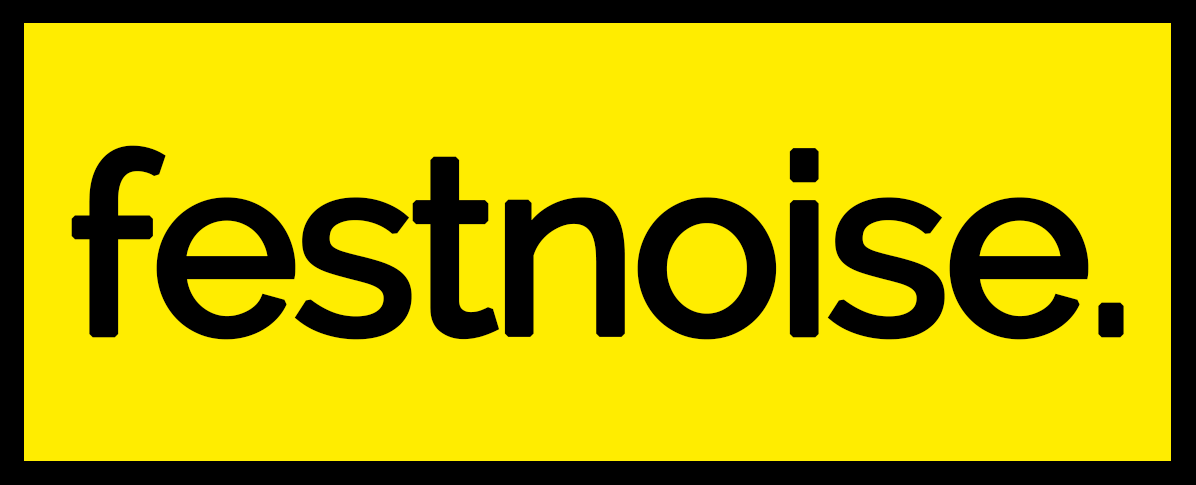Is Burning Man really Green?
Burning Man, the festival why thousands of people every summer make their way to the middle of the Nevada desert to spend 7 days away from the reality of their lives, seeks a sustainable future. Although it has become popular for not using money (the entire experience is centered around giving to others basically anything that can make someone else happy and only coffee and ice is sold), its mesmerizing art installations, crazy costumes, electronic music, and lots of dust, the festival is committed to fight climate change and guarantee a sustainable future and is setting three broad goals to be achieved over the next 10 years:
No Matter Out of Place. Handle waste ecologically.
Be Regenerative. Create a net positive ecological and environmental impact.
Be Carbon Negative. Remove more carbon from the environment than we put into it.
You can read the festival Environmental Sustainability Roadmap here. In the meantime, below some facts and figures on today's situation.
The festival claims that the Leaving No Trace principle is just the beginning, one small step toward a sustainable future, because Burning Man is not a place, Burning Man is a culture.
Since 1999, as part of their permitting process with the Bureau of Land Management (BLM), Burning Man has been subjected to the annual BLM Post-Event Inspection (PEI). The festival claims to proudly be the largest Leave No Trace event on public lands, and they indeed have successfully passed this environmental standard every single time.
The environmental standard for Burning Man is measured in terms of “residual debris” and states that one month after the event, the festival site must not exceed an average of 1 square foot (0,092 m2) of debris per acre (4046,86 m2) during the BLM’s Post-Event Inspection. Translated into percentages, this means that exceeding 0.002 % of debris per acre on average would fail the Burning Man event. That’s basically a 99.998% cleanliness to pass the final exam.
And precisely about this, there is a very interesting thing about the Leave No Trace. The festival has an environmental accountability in high-resolution, the 2018 MOOP (Matter Out Of Place) Map. A tool they have been using since 2000 to inspire action cause otherwise it would be impossible to clean up the gigantic festival site after Burning Man. And the MOOP is possible thanks to a group of workers or volunteers commonly known as “Resto” (Playa Restoration Team) that cleans the area after the festival and makes the map of the debris left in Black Rock City after the event.
The Resto team keeps track of where the heaviest MOOP messes are via a vinyl map that everyday during cleanup is updated based on the team's progress. They color the map based on how much MOOP was found at a location, recorded based on GPS coordinates. The areas that are easily cleaned are colored in green, the ones that take a little extra time are amber, and the ones that make the troops stop in their tracks are marked red. Because Black Rock City is mapped out each year, and certain camps lay claim to specific locations, the team is able to contact the camps afterward and notify them if they need to improve their cleanup abilities.
Burning Map MOOP map 2018
Ok, now the other side of the story.
From its humble beginnings on a beach of San Francisco (10.000 attendees in 1997), Burning Man has become very popular and trendy and has grown into a weeklong event in which festival goers create a temporary city in the desert for 70.000 people (current limit set by the local authorities). And that means there are 70.000 people making their way to Black Rock City by car or plane. Thousands of cars and thousands of planes (Burning Man even has a temporary airport where more than 2.000 flights planes arrival and departure directly on the desert floor). And that's a lot of greenhouse gases (to be precise, 85% of the carbon footprint comes from transportation).
I bet everyone has been impressed by the pictures of the man burning the last day of the festival. In fact many of the sculptures are burnt. As an example, in 2007, in order to make the gigantic burn, 3.000 liters of Kerosene and 7.000 liters of propane were used to fuel its flames. I wonder if the numbers have changed today.
Burning Man is popular which means that lots of celebrities visit the desert every Summer. And of course, a festival with so many VIP attendees also requires many commodities. There is no limit to how many generators festival goers can take within their vehicles and some of the luxury camps keep their generators running 24/7 to power the motor coaches, air conditioning and flush toilets set aside for their guests. And lets not forget about the large and constant stream of trucks entering the venue to bring ice, fresh water or even personal arrangements for the VIP ́S.
Festival goers and volunteers indeed do a great job by leaving no trace behind, however, many residents of nearby cities complain every year because of the large amount of debris left in their areas after the festival.
But the festival says that because of the fact that nearly 70.000 people won't be driving, showering regularly or using air conditioning for a week likely has significant environmental benefits but the truth is that each festival goer produces twice as much CO2 as the average American during the festival.
Burning Man sure it is an amazing and unique experience where to celebrate life. Without any doubt the values that the festival tries to transmit are an example that each individual should learn and apply not only whilst the festival, but also the rest of the year. However, It seems that no matter how clean the desert looks when the party's over, the environment still is getting a bit worse every year after Burning Man.
Burning Man takes place in Black Rock City (Nevada, USA) every year at the end of August. Check out all the information to know more about the festival here.
Cover photograph by NK Guy






















